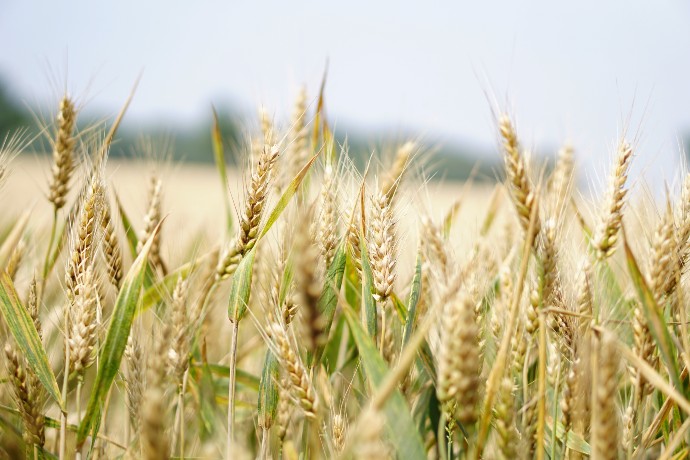Development and testing wheat cultivars and germplasm for changing environments

Plant breeding is a long-term research project. Because both biotic and abiotic stresses differ markedly between geographical areas, genotype by environment interactions can be exploited to develop cultivars that perform particularly well in a given production area. In addition, as management practices change to become more sustainable, plant breeding must continually shift emphases to develop adapted material for current and future production systems. Food safety and food nutrition requirements also change with increased knowledge, and plant breeding is responsible for providing cultivars to meet the needs of increasingly more sophisticated consumers and allied industries. Plant breeders are tasked with development of these improved cultivars to meet the agronomic needs of local producers; cereal chemistry and rheology needs of the industries that processes these grains; and safety and nutrition needs of the consumers who purchase and feed their families with them.
In addition to the direct research, the value of including undergraduate and graduate students as part of building and maintaining capacity in plant breeding and genetics should not be undervalued. Long range sustainability of U.S. agriculture will be enhanced by providing breeders with both the germplasm and the reliable selection tools to allow incorporation of resistance genes for common bunt and dwarf bunt in adapted cultivars. This project will also incorporate training field-based breeders by integrating undergraduate and graduate students funded by this project into ongoing productive plant breeding programs in Utah. As race changes occur in the disease organisms, identification of new resistance genes in critical. Previous screening of winter wheat accessions in the National Plant Germplasm System has identified a number of extremely resistant lines that contain previously unidentified and un-utilized resistance. We do not know, however, if these lines incorporate new combinations of previously identified genes, or if they contain novel, previously unidentified, genes. It will be vital to characterize novel genes for resistance that are available in the National Small Grains Collection (part of the National Plant Germplasm Collection). It is important to continue screening the National Small Grains Collection for winter wheat accessions to identify novel sources of resistance to both common bunt and dwarf bunt.

